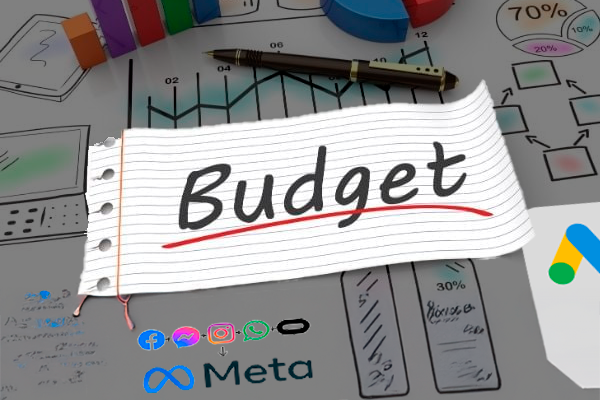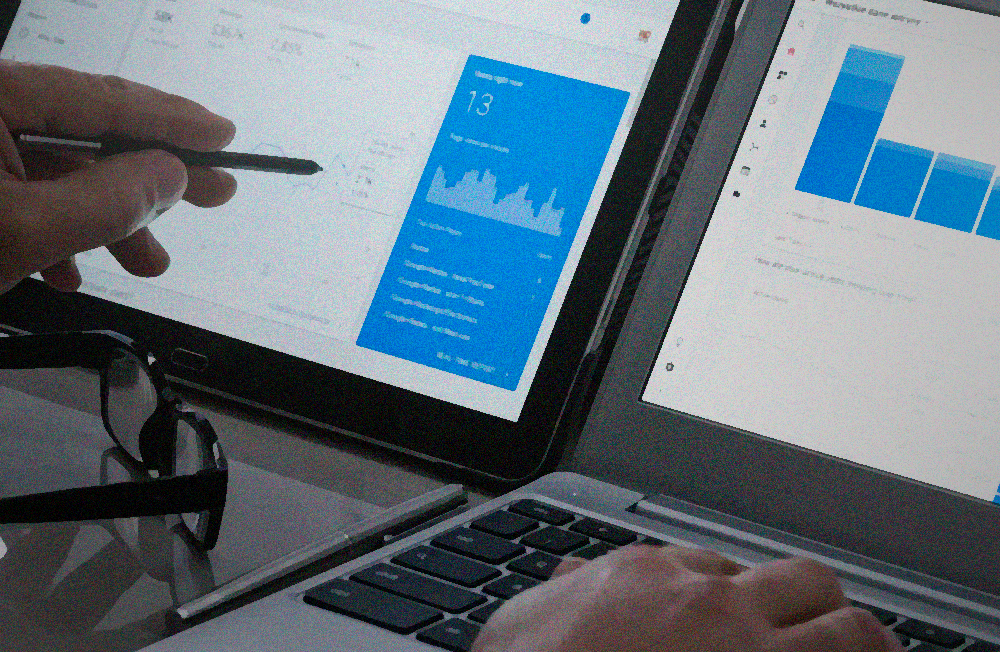One of the most common questions in traffic management is: “How much should I spend on ads?”
Setting the right budget isn’t about picking a random number — it’s about aligning your investment with your goals, resources, and market conditions.
A well-planned budget helps you avoid overspending, gather enough data, and maximize returns.
Why Budget Planning Is Essential
Without a clear budget strategy, you risk:
- Running out of funds before collecting meaningful results
- Spending too much on low-performing campaigns
- Missing opportunities to scale profitable ads
A good budget balances risk with potential reward, giving campaigns the resources they need to succeed.
Step 1: Define Your Campaign Goals
Your budget depends heavily on what you want to achieve:
- Brand awareness → Broader reach, lower cost per impression
- Lead generation → Focus on cost per lead and conversion rates
- Sales → ROI-driven, higher budgets for proven winners
- App installs → CPI (cost per install) becomes the key metric
Clear goals ensure your budget directly supports your objectives.
Step 2: Understand Your Target Metrics
Before you set a budget, estimate your expected costs:
- CPC (Cost per Click) – How much you’ll pay for each click
- CPM (Cost per Mille) – Cost per thousand impressions
- CPA (Cost per Acquisition) – How much it costs to get a customer
- CTR (Click-through Rate) – Helps forecast how many clicks you’ll get from impressions
Example:
If your CPA goal is $20 and you want 50 customers, your acquisition budget should be $1,000 — not including testing.
Step 3: Consider Testing Costs
Initial campaigns should include a testing phase to identify winning creatives, audiences, and offers.
Allocate at least 20–30% of your total budget for testing before scaling.
For example:
If you have $3,000 to spend, use $900 for testing, then invest the remaining $2,100 into proven ads.
Step 4: Choose a Timeframe
Decide how long your budget should last:
- Short-term campaigns (1–2 weeks) → Higher daily budgets to achieve impact quickly
- Long-term campaigns (1–3 months) → Smaller daily budgets to stretch funds while collecting steady data
Pro tip: Avoid spreading your budget too thin — underfunded campaigns often fail to exit the “learning phase” on platforms like Facebook Ads.
Step 5: Align Budget With Platform Requirements
Different platforms have different minimum spends and pacing:
- Facebook & Instagram Ads: Can run on as little as $5–10/day, but optimal testing often requires $20–50/day
- Google Search Ads: Competitive keywords may need $50–100/day for meaningful data
- LinkedIn Ads: Usually more expensive, starting at around $50/day for B2B campaigns
- TikTok Ads: Minimum $20/day for campaigns and $50/day for ad groups
Knowing these thresholds prevents campaigns from underdelivering.
Step 6: Factor in Additional Costs
Don’t forget: your budget isn’t just ad spend.
You may also need to account for:
- Creative production (images, videos, copywriting)
- Software subscriptions (analytics, automation, design tools)
- Agency or freelancer fees
- Landing page design and hosting
Including these ensures you have a realistic total budget.
Step 7: Monitor and Adjust
Budgets should be flexible. Track performance and reallocate funds where they’ll have the biggest impact:
- Increase spend on high-ROI campaigns
- Pause or reduce spend on underperformers
- Shift funds to platforms delivering the best results
Regular optimization ensures your money works as hard as possible.
Pro Tips for Budget Setting
- Always start with numbers, not guesses — estimate costs based on industry benchmarks
- Plan for at least 2–4 weeks of continuous ads for reliable data
- Avoid changing budgets too drastically, as it can reset the learning phase in many ad platforms
- Treat your budget as an investment — not an expense — and measure return carefully
The Bottom Line
Setting an ad budget is about balance: enough to gather meaningful data, but not so much that you overspend without proof of return.
By defining goals, estimating costs, and adapting as you go, you can spend smarter, scale faster, and consistently improve campaign profitability.



